Specifications
| Title | suckling bottle |
|---|---|
| Material and technique | Stoneware, salt glaze |
| Object type |
Suckling bottle
> Bottle
> Holder
> Kitchen and household
> Utensil
|
| Location | This object is in storage |
| Dimensions |
Height 14,8 cm Width 10 cm Depth 8,3 cm |
|---|---|
| Artists |
Potter:
Anoniem
|
| Accession number | F 1519 (KN&V) |
| Credits | Gift Coll. Van Beuningen-de Vriese, 1990 |
| Department | Applied Arts & Design |
| Acquisition date | 1991 |
| Creation date | in 1350 - 1400 |
| Collector | Collector / Van Beuningen-de Vriese |
| Research |
Show research Alma |
| Material | |
| Object | |
| Geographical origin | Germany > Western Europe > Europe |
| Archeological Find | Langerwehe > Germany > Western Europe > Europe |
| Place of manufacture | Langerwehe > Germany > Western Europe > Europe |
























